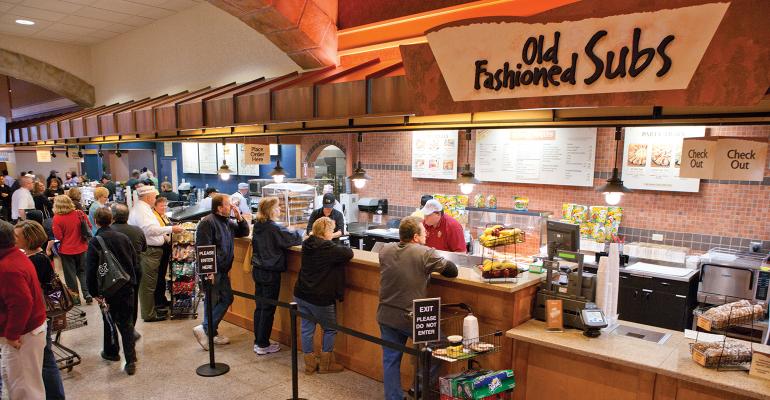 Sure, traffic is a challenge. Nobody is denying that. We’re at the point where restaurants celebrate a decline in traffic. In December, traffic declined 1.8 percent, and since the decline was the smallest it has been in a while, we saw it as good news.
Sure, traffic is a challenge. Nobody is denying that. We’re at the point where restaurants celebrate a decline in traffic. In December, traffic declined 1.8 percent, and since the decline was the smallest it has been in a while, we saw it as good news.
But claiming that traffic is the restaurant industry’s biggest challenge right now misses the point. We’re lumping together many different, nuanced problems with a convenient label.
“Traffic” is tidy shorthand for the fact that customers aren’t coming to restaurants as much. And when customers aren’t coming to your restaurant, that often is a symptom of a bigger problem — customers don’t like your brand as much.
Ouch. If your friends didn’t want to hang out with you as much, you’d want to know why. Do you smell? Are you boring? Do they have cooler friends? The “why” is important there, as it should be for the restaurant industry on traffic.
After all, consumers are still spending a ton of money on food away from home. Money spent on food from home increased almost 5 percent in 2016, following an almost 8 percent increase the year before, according to a U.S. Bureau of Labor Statistics report. Yes, some of that increase is price, but not all of it.
Competition seems to be a major culprit here.
Supermarkets, for one, continue to invest in prepared foods. The food retail industry is used to tiny margins, making the more substantial foodservice margins quite attractive.
It’s not just grocery rotisserie chickens anymore. Kroger’s new Kitchen 1883 full-service restaurant offers things like braised beef short ribs with horseradish smashed potatoes, blistered carrots and pan gravy — and the restaurant has been seeing hour-long wait times. Kroger is second largest food retailer in the country after Walmart and has long been adept at translating customer loyalty data to strategy.
“When we talk about share of stomach, we’re not just talking about supermarkets, but we are talking about restaurants, and all places that customers go to for their meal needs,” a Kroger spokesman told the Cincinnati Business Courier.
C-stores continue to grow their reach, too. 7-Eleven just started rolling out a delivery platform that lets customers buy ready-to-eat food, snacks and beer and wine all at the same time.
Amazon hasn’t even gotten started applying its vast digital toolbox to Whole Foods' mature foodservice offerings.
With this line of reasoning, traffic declines could be seen as a symptom of the restaurant industry’s fight for relevance in a crowded prepared foods space.
Brands that win consumers will do in one of two ways: 1) by providing more convenience or 2) providing a better meal experience. In the end, it doesn’t matter to consumers what type of operator makes this happen.
How to best provide convenience or experience? Now, that is the biggest challenge the restaurant industry faces this year.





